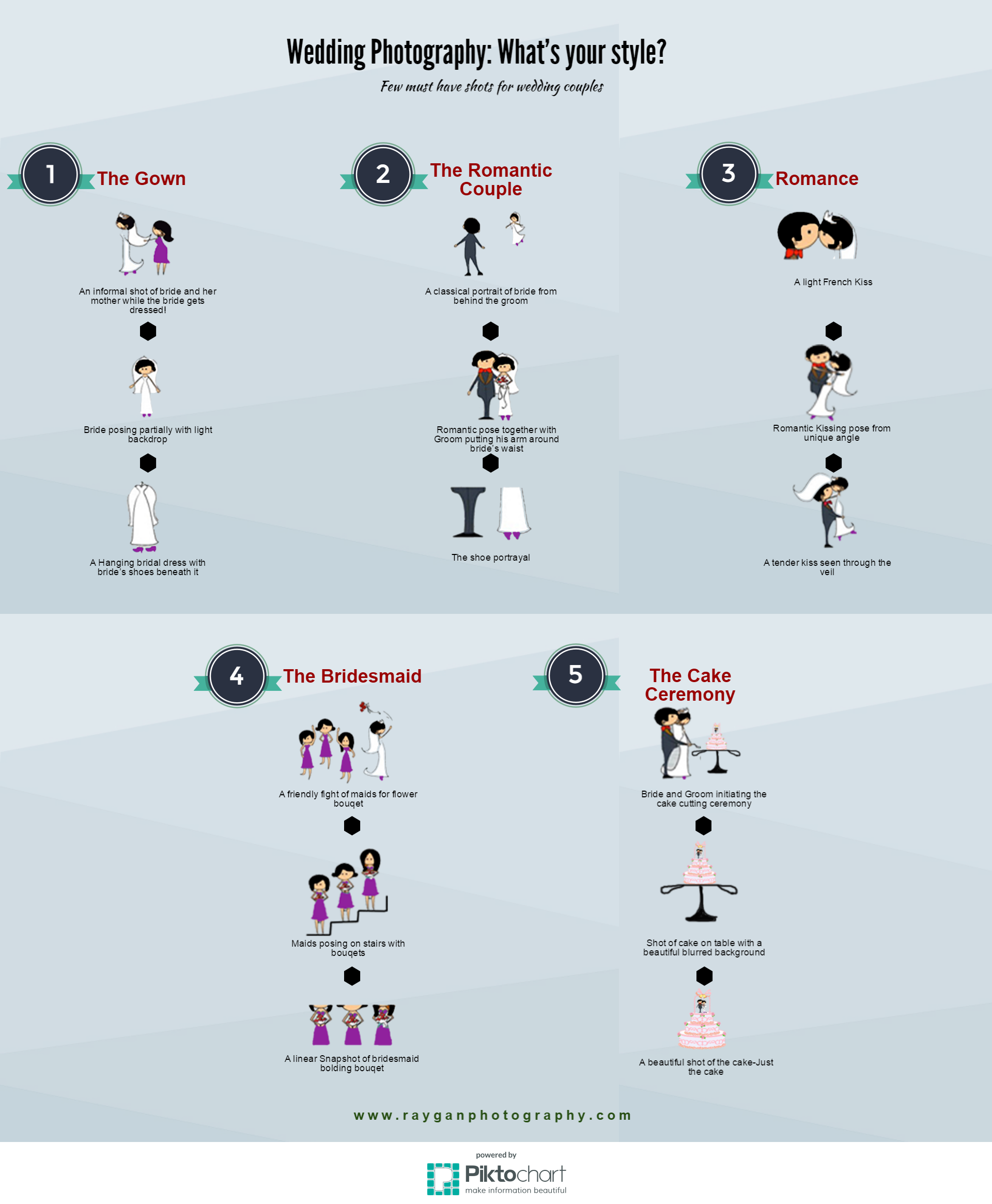What Every Professional Photographer Should Find Out About Lighting
What Every Professional Photographer Should Find Out About Lighting
Blog Article
Article Composed By-Rogers Polat
As a photographer, you recognize that illumination can make or break your pictures. Recognizing the subtleties of both natural and man-made light is vital for capturing the state of mind and clearness you aim for in your work. Whether you're chasing the perfect gold hour radiance or adjust your man-made setups, understanding these components can boost your digital photography dramatically. Yet there prevail challenges that numerous neglect, and recognizing them can change your technique to every shoot. Let's discover what you may be missing out on and just how it can impact your outcomes.
Recognizing All-natural Light
Comprehending natural light is important for any kind of professional photographer aiming to boost their work. It's the foundation of terrific photography, affecting state of mind, tone, and clearness. When you shoot outdoors, take notice of the time of day. The gold hour-- shortly after dawn and prior to sundown-- uses soft, cozy light that can transform ordinary scenes right into stunning images.
Don't underestimate the power of cloudy days. Cloud cover diffuses sunlight, creating a soft, also light that's ideal for pictures and macro photography. You'll locate colors appear this sort of lights without extreme shadows.
Positioning matters, also. Always consider your subject's orientation to the light source. If the sun's behind your topic, you might end up with a shape, which can be dramatic however mightn't be what you want. On the other hand, straight sunshine can create uncomplimentary shadows.
Experiment with angles; occasionally, transforming your viewpoint can generate impressive results. Usage natural reflectors, like water or sand, to jump light onto your subject, adding dimension.
Learning Artificial Light
Mastering man-made light is important for professional photographers that intend to take their abilities to the next level. Whether you're making use of speedlights, workshop strobes, or constant lights, understanding just how to control these sources can significantly enhance your photos.
Begin by acquainting yourself with the essentials of light quality, direction, and color temperature level. Explore various modifiers like softboxes, umbrellas, or grids to manage the gentleness or cruelty of the light.
You'll discover that soft light usually develops lovely outcomes, while harsher light can add drama and deepness. Do not avoid https://www.slrlounge.com/how-to-get-correct-exposure-in-photography-exposure-triangle-pt-1/ can boost the three-dimensionality of your subjects.
Pay very close attention to the placement of your lights. A light located also near your subject can create unflattering outcomes, while too far away can bring about a lack of information. Make use of a light meter or your cam's pie chart to ensure you're revealing appropriately.
Last but not least, keep in mind that fabricated light can be blended with ambient light for creative impacts. Stabilizing these resources could take practice, but once you understand it, your photography will truly radiate.
Methods for Various Circumstances
When you enter different capturing scenarios, adapting your lights methods is important for catching the best pictures. For outside portraits, make use of the golden hour-- morning or late afternoon light-- to soften darkness and boost skin tones.
If it's a severe lunchtime sun, take into consideration utilizing a reflector to bounce light back onto your subject or seek shaded locations for a more also direct exposure.
In low-light situations, like interior events, enhance your ISO and make use of a wide aperture to allow in more light. A tripod can assist get rid of video camera shake, permitting longer exposures without obscuring.
If you're shooting at night, experiment with off-camera flash to develop vibrant illumination and depth in your pictures.
For item photography, make use of diffused lights to avoid rough reflections. Softboxes or light tents can help attain this effect.
When photographing landscapes, take into consideration the direction of light and time of day, as it can substantially change the mood of your shot.
Constantly be ready to readjust your setups and placing based on the circumstance, as versatility is essential to mastering lights in photography.
Conclusion
To conclude, grasping lighting is crucial to elevating your photography skills. Welcome all-natural light's beauty throughout golden hour, and do not avoid try out man-made light strategies. By adjusting your method to various situations, you'll catch stunning pictures that reverberate with feeling and clarity. Keep in On location Photography , the best lights can transform an ordinary shot into something phenomenal, so maintain exercising and refining your understanding of both all-natural and fabricated light. Pleased capturing!
